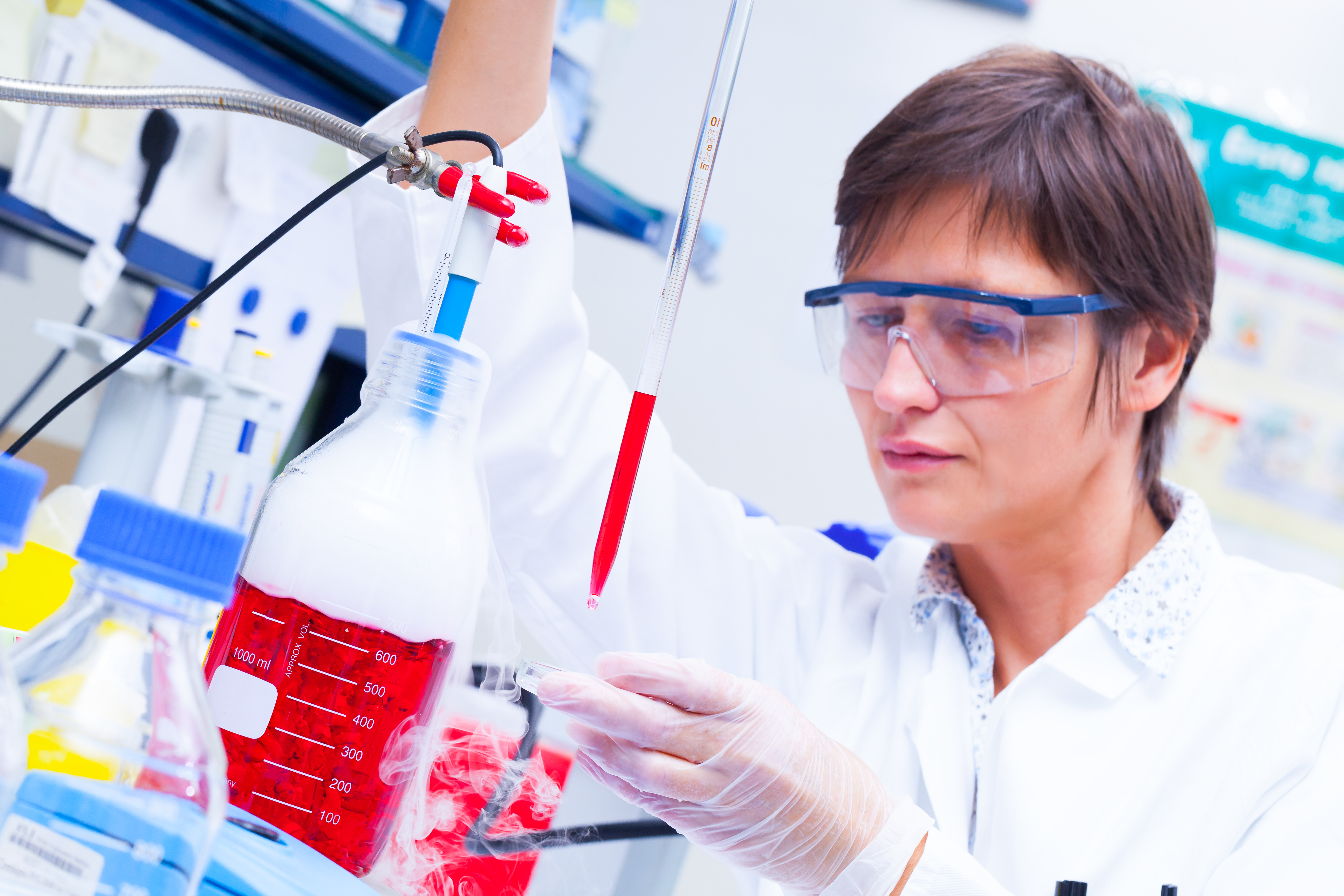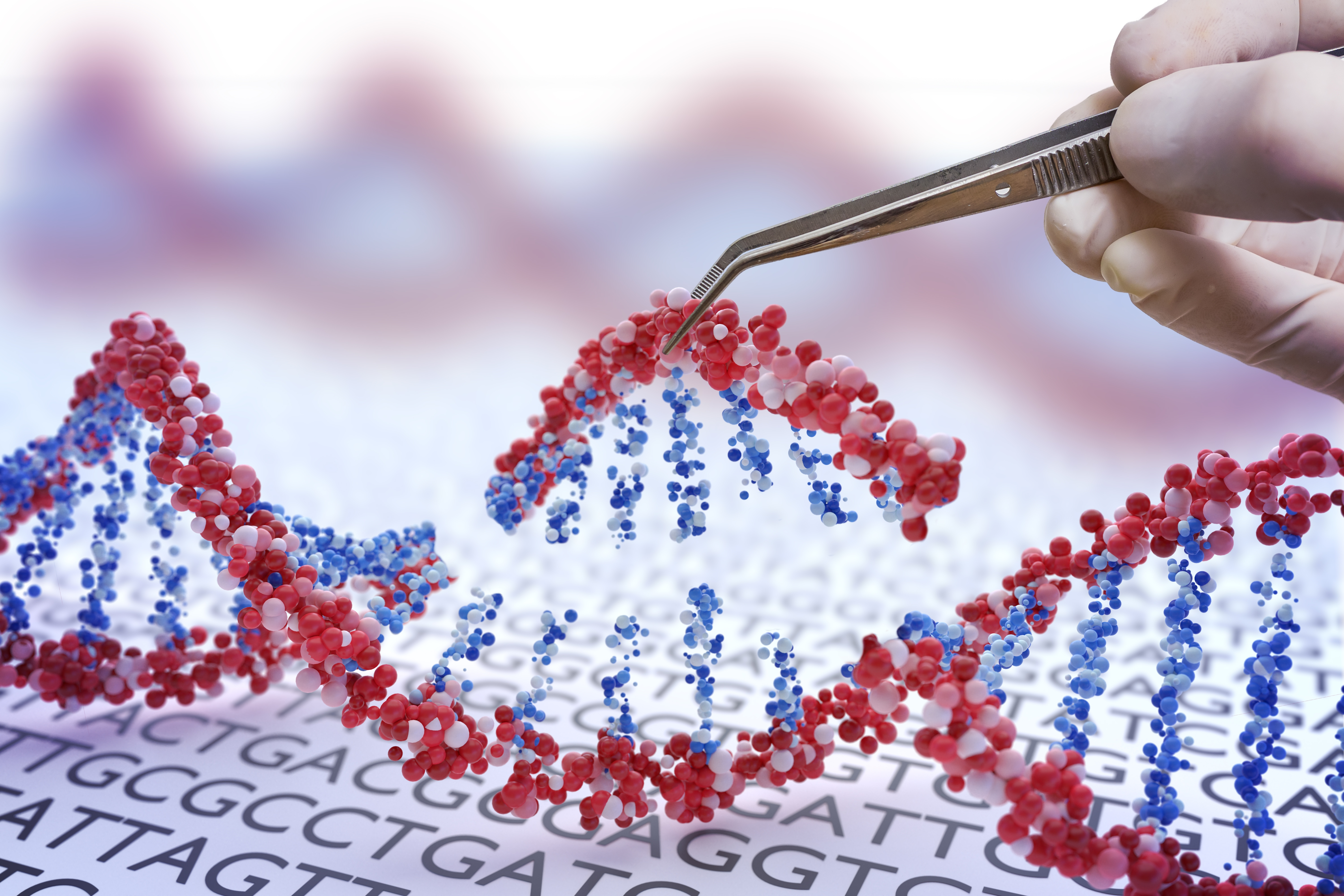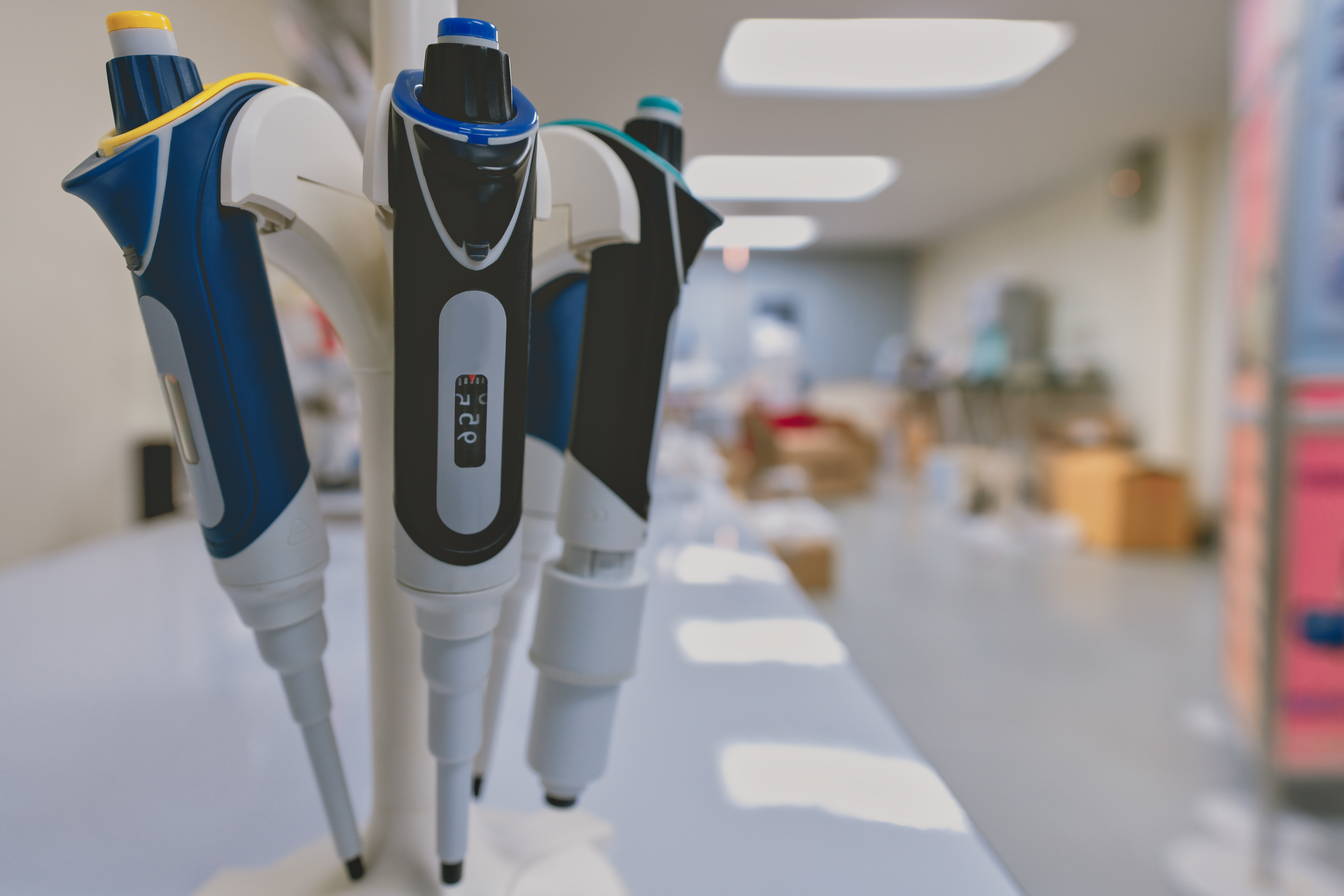I prefer the term gene therapies to therapy because there is not one, but several, ways to use our knowledge of a gene that is mutated, altered, different or deficient in order to treat the patient. There are multiple ways to develop new therapeutic options and innovative treatments based on knowledge of what is wrong with a gene.
The main route would be gene replacement. A gene is dysfunctional because it carries an alteration or mutation, and this alteration might downregulate, might lower or abolish the expression of the gene. But mutations can also overexpress or change the function of a gene. So, to develop any therapy, you need to know what disease is causing a gene mutation but also what is the mechanism by which this alteration results in gene dysfunction. That dysfunction can be a reduction of the function of a gene or overexpression or change in the expression of a gene.
That said, gene therapy by gene replacement usually refers to situations in which the gene is deficient. We call this haploinsufficient, which means that the whole locus – the whole position of a gene, the whole genome-related sequence of a gene – does not operate the production of a protein or an RNA that is functioning. In that situation, the idea is simple. If you could use that genome information and replace the missing gene or the dysfunctional gene with a proper gene, the problem would be solved. That’s the idea of gene therapy as the major pathway of using genetic information to treat a patient.
How gene replacement works
The concept is so simple, and yet the realisation and transformation in reality is so complex. At the Imagine Institute, some of the first examples of treatment by gene replacement have been in primary immunodeficiencies. These were children who do not have a proper functioning immune system because of a genetic alteration in a master gene that operates immune system development. Those children have been treated by taking out stem cells from the immune system in their bone marrow and infecting the cells by a viral vector transduced by a piece of human DNA containing the functioning gene. The idea was that this viral vector would deliver the piece of a repair gene, or replacement gene, in the genome of the stem cells, and the stem cells would be replaced by transfusion into the child. This is the beauty of gene therapy. It’s quite simple and easy to explain, and it’s as beautiful as it is complex in reality.
Alain Fischer and Marina Cavazzana at the Imagine Institute made a seminal discovery by translating this to haematologic disorders. In ex vivo experiments, you can take bone marrow stem cells out, use them, multiply them, modify them and then replace them in the individual, without causing an immunological response because these cells are from the patient. This technique has been transposed to common haematologic disorders such as sickle cell anaemia or beta thalassemia by Cavazzana. This is the main idea of using a replacement gene that hopefully will be expressed in the transduced stem cells, compensating for what the patient’s genuine mutated gene cannot produce.
Now, if you broaden this perspective to the many other options that start from that point, you have a fantastic panorama of the many therapies derived from genetic information. For instance, in situations where genes are overexpressed or overactivated, you would not use gene replacement, rather negative regulation or interference with the genuine mutated gene that is overexpressing its function.
In these cases, you might use RNAs that contravene the overexpressed gene or proteins that would interact with the overexpressed protein produced by those genes. So, this opens innovative therapeutic options. You could use cell therapy, meaning that you do not only modify stem cells but use reprogrammed stem cells to make, for instance, muscle cells or skin cells. In this way, you can replace the defective cells with the appropriate cells.
There are many therapeutic options. However, none of them can be applied if you do not have basic knowledge of the gene affected. You also need to understand the particular nature of the mutation and by which mechanism this mutation would result in the phenotype. This is critical, and it explains why anywhere from 2 to 20 years could pass in between a patient’s diagnosis and the clinical research for new therapeutic options. During this time, you could spend hundreds of millions of euros working to understand the basic mechanistic reasons why a gene is dysfunctional and what would be the proper treatment derived from genetic information. This whole process could be summed up as gene therapy.
CRISPR-Cas9 and ethics
The molecular scissors of the CRISPR-Cas9 system represents a complete change of paradigm in gene therapy approaches. It has opened the possibility to not only replace a gene with a normal sequence when the gene is defective or absent but also to correct a mutated gene through a precise, targeted way of removing the mutation and replacing the piece of DNA with the normal sequence. This paves the way for many hopes in gene therapy, derived treatments and research, not only to replace but to correct the proper gene.
There are many labs worldwide working on that hypothesis to correct DNA, to change gene expression in humans. So far, I’m not aware of a single experiment that has gone all the way to the treatment of a disease. Many ethical limits have been placed on this. There is agreement to not cross the red line of correcting DNA in a way that changes the germline of an individual, but you can correct DNA in the somatic cells, changing the phenotype of an individual. This has been agreed on by scientists and physicians worldwide, but given the ethical limits and regulations, experiments are still touchy.
Drawbacks and advantages
One of the reasons for this is that, so far, these tools of CRISPR-Cas9 and other derived technologies are not completely specific. This means that there could be some off-target lesions in the genome of the individuals in these experiments. On the one hand, you could properly correct a mutation – if you are lucky enough to have designed the experiment in a way that does so – but on the other hand, it’s not impossible that you would create other mutations in the genome elsewhere.
This drawback of CRISPR-Cas9 is increasingly limited to very few dropouts or off-target lesions in the DNA. Soon, it will be possible to use these techniques with an extremely accurate target and to limit the excision and repair of DNA to the exact location desired, without affecting other places in the genome. This would be a huge change. For example, think of those children with sickle cell disease treated by Marina Cavazzana in the Imagine Institute with gene therapy replacement. Using the same stem cells, instead of transfusing them by viral vector, she could correct the mutation of sickle cell disease within those stem cells and then transfuse them back to the patient, enabling them to take over and replace the “wrong” cells to produce normal haemoglobin.
The future of rare disease treatments
I am optimistic that the rare disease area will be profoundly changed by innovative treatments. However, there are some conditions that are necessary for this to happen. The first is not to forget the time it takes to diagnose patients and not to rush for therapy when many children and families may not even have the diagnosis for their disease. This is key.
The second is to make the most of the very fertile science that exists all over the world. We have to exchange data regarding the basic mechanisms involved in causing a disease. This is essential because if you do not understand the precise reason behind a disorder, case by case, you will not find the proper treatment and may even worsen the condition. Knowledge of the mechanism through excellent science – imaging, cell culture, microscopy, genomics, epigenetics, etc. – is needed to understand the link between genomic alteration and the therapeutic options regarding not a disease, but a particular patient. This is called precision medicine, or tailored medicine. The name of the syndrome is not sufficient. The name of the gene is not sufficient. You have to know the precise molecular mechanism and mutation involved to understand the process and try to imagine how you could reverse it.
Scientific excellence and inventivity
The third condition is to have rigorous, high-level clinical research, tools, people and systems. I don’t just mean regulation, ethics and consent; that’s basic. But it’s important to have the tools, the people and the expertise to follow up on patients; to know the natural history, independent of the treatment; and to know what we call the endpoints, which are the symptoms on which you will base your evaluation of an innovative treatment. This sounds simple but is actually very difficult. How do you predict whether a treatment will do your patient good? In the COVID-19 pandemic, we have often seen good ideas raised, but there are no means to prove that the idea is good because there is no solid clinical research, natural history or known endpoints of the disorder.
And the fourth condition, maybe the one I have the most trust in, is inventivity. I have great trust in the inventivity of physicians and researchers, but they have to be close to one another. Institutes such as Imagine, which combine basic research with clinical and translational research in a unique location, are key. They provide a model for bringing basic science close to clinical research and its translation to patients so that if a discovery happens, you will not miss it. So many discoveries in basic science don’t translate to the clinical field simply because they are not connected. So, linking excellent basic science – which is where developed countries invest – with clinical arenas is crucial to enabling this inventivity on both sides, not only in terms of ideas but of facts, treatments and results.


